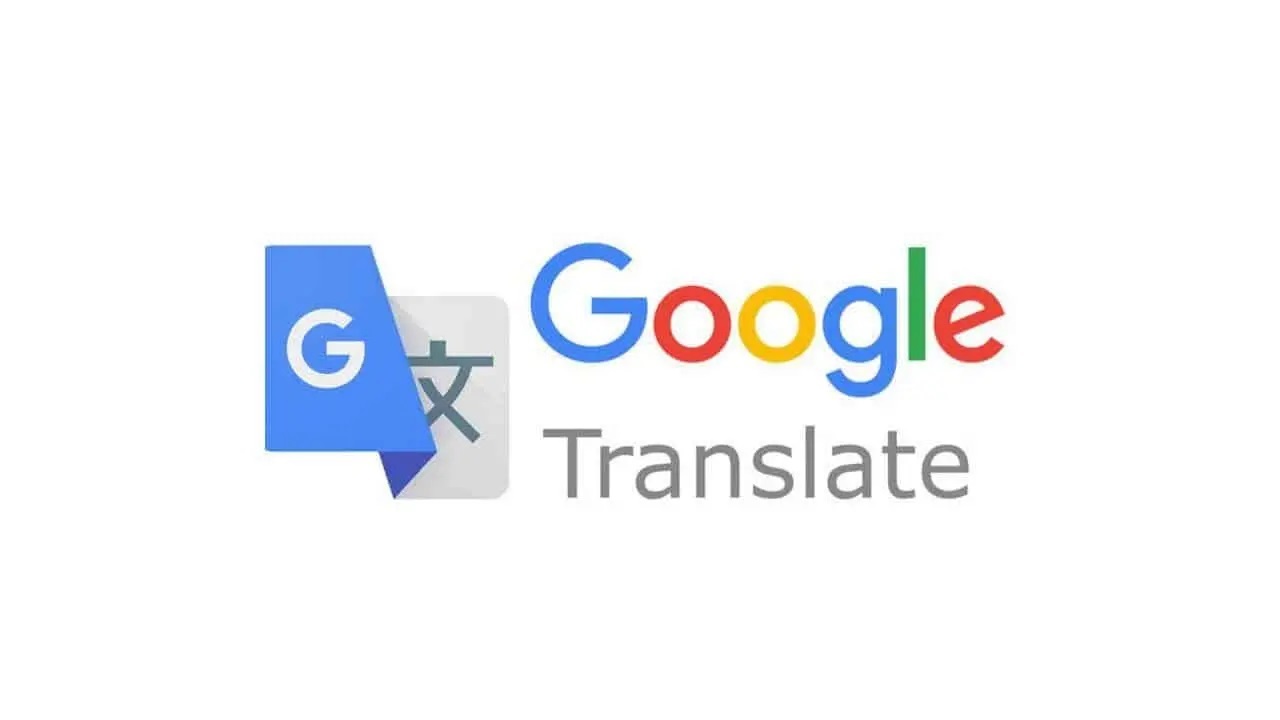
Google Translate is a revolutionary application that has transformed the way people communicate across different languages. With its user-friendly interface and powerful translation capabilities, it has become an indispensable tool for travelers, students, professionals, and language enthusiasts worldwide. In this article, we will delve into six fascinating facts about Google Translate that shed light on its development, functionality, and impact on global communication. From its humble beginnings to its current state-of-the-art features, Google Translate continues to break down language barriers and foster cross-cultural understanding. Whether you're a frequent user or simply curious about this innovative technology, these insights will provide a deeper appreciation for the complexities and possibilities of language translation in the digital age. So, let's embark on a journey to uncover the intriguing facets of Google Translate and gain a newfound understanding of its significance in our interconnected world.
Key Takeaways:
- Google Translate speaks over 100 languages, helping people connect across the globe and break down language barriers. It’s like having a language superpower in your pocket!
- Google Translate uses fancy machine learning to get better at translating over time. It can even translate your voice and images, making communication easier and more fun!
Google Translate supports over 100 languages
Google Translate is a versatile application that supports over 100 languages, making it a valuable tool for communication across different cultures and regions. Whether you need to translate a phrase, a document, or even a website, Google Translate offers a wide range of language options to cater to diverse linguistic needs.
Google Translate is a powerful tool that enables users to communicate effectively in various languages, breaking down barriers and fostering global connectivity.
It utilizes machine learning for translation
Google Translate harnesses the power of machine learning to continuously improve its translation capabilities. By analyzing vast amounts of linguistic data, the application can refine its understanding of different languages and dialects, resulting in more accurate and nuanced translations over time.
Through the implementation of machine learning algorithms, Google Translate adapts to linguistic nuances and context, enhancing its ability to provide high-quality translations across multiple languages.
It offers text, voice, and image translation
One of the standout features of Google Translate is its ability to translate not only text but also voice and images. Users can simply speak into their devices or capture images of text, and Google Translate will swiftly provide translations, making it a versatile and convenient tool for various translation needs.
By offering text, voice, and image translation capabilities, Google Translate caters to diverse communication scenarios, from verbal conversations to visual content translation.
Google Translate is available as a mobile app and web application
Google Translate is accessible as both a mobile application and a web-based platform, providing users with flexibility and convenience in utilizing its translation services. Whether on the go or at a desktop computer, individuals can seamlessly access Google Translate to facilitate communication in different languages.
The availability of Google Translate across various devices and platforms ensures that users can easily tap into its translation capabilities whenever the need arises, enhancing accessibility and usability.
It facilitates real-time conversation translation
With its real-time conversation translation feature, Google Translate empowers users to engage in multilingual conversations with ease. This functionality is particularly valuable for individuals navigating foreign languages during travel, business meetings, or social interactions.
By facilitating real-time conversation translation, Google Translate promotes cross-cultural communication and collaboration, bridging language gaps and fostering meaningful interactions.
Google Translate offers offline translation
In addition to its online capabilities, Google Translate provides offline translation functionality, allowing users to access translations without an internet connection. This feature is especially beneficial for travelers or individuals in areas with limited connectivity, ensuring that language barriers can be overcome even in offline settings.
The offline translation feature enhances the accessibility and reliability of Google Translate, catering to diverse scenarios where internet access may be limited or unavailable.
By offering a comprehensive range of language support, leveraging machine learning for translation refinement, and providing versatile translation capabilities across text, voice, and images, Google Translate has become an indispensable tool for global communication and language accessibility. Whether accessed through its mobile app or web application, Google Translate empowers users to engage in real-time multilingual conversations and access translations offline, demonstrating its commitment to breaking down language barriers and fostering cross-cultural connectivity.
Conclusion
In conclusion, Google Translate is a powerful and versatile application that has revolutionized the way we communicate across languages. Its advanced machine learning algorithms and vast database enable it to provide accurate translations for a wide range of languages, making it an invaluable tool for individuals, businesses, and travelers. However, it's important to be mindful of potential inaccuracies and nuances that may not be captured in translations. By understanding the capabilities and limitations of Google Translate, users can make the most of this remarkable technology while being aware of its potential pitfalls.
FAQs
Q: Is Google Translate always accurate?
A: While Google Translate has made significant advancements in accuracy, it's important to remember that machine translation may not always capture the nuances and context of a language, leading to potential inaccuracies in translations.
Q: Can Google Translate translate any language?
A: Google Translate supports a wide range of languages, but some lesser-known or dialectal languages may not be fully supported. Users should check the list of supported languages to ensure the availability of translation for their desired language.
Was this page helpful?
Our commitment to delivering trustworthy and engaging content is at the heart of what we do. Each fact on our site is contributed by real users like you, bringing a wealth of diverse insights and information. To ensure the highest standards of accuracy and reliability, our dedicated editors meticulously review each submission. This process guarantees that the facts we share are not only fascinating but also credible. Trust in our commitment to quality and authenticity as you explore and learn with us.


